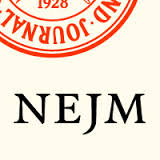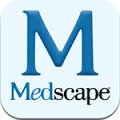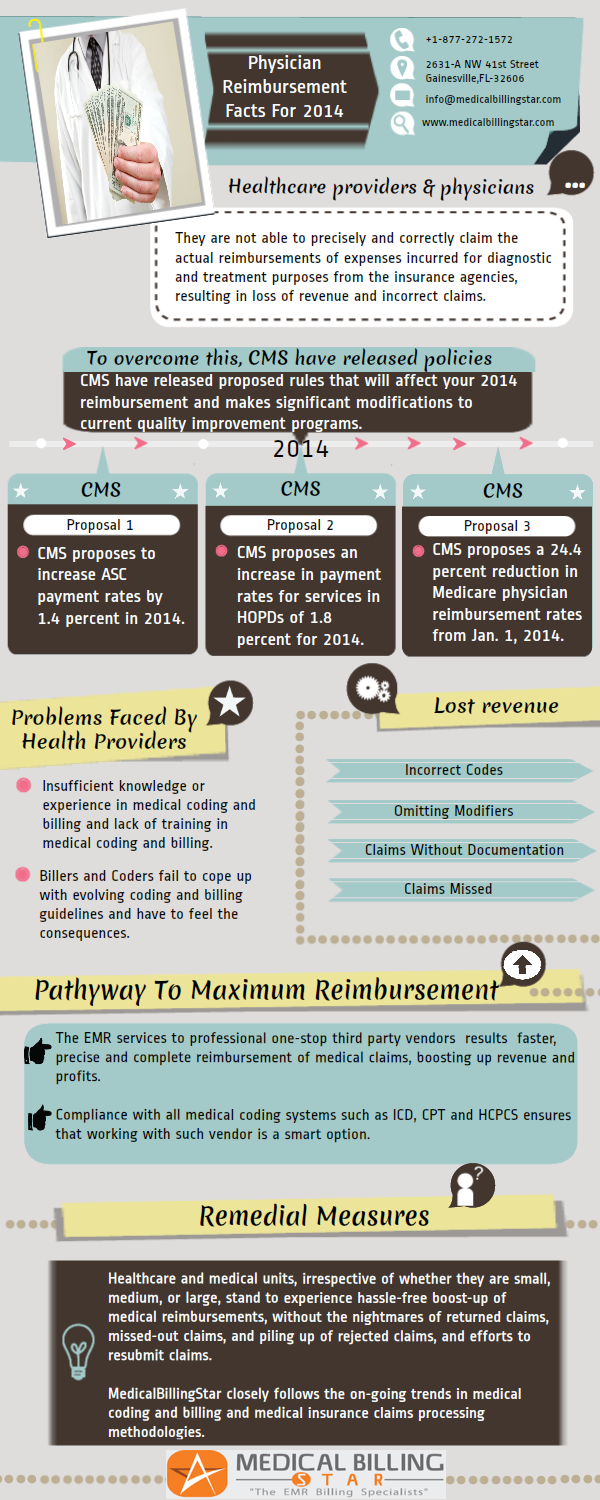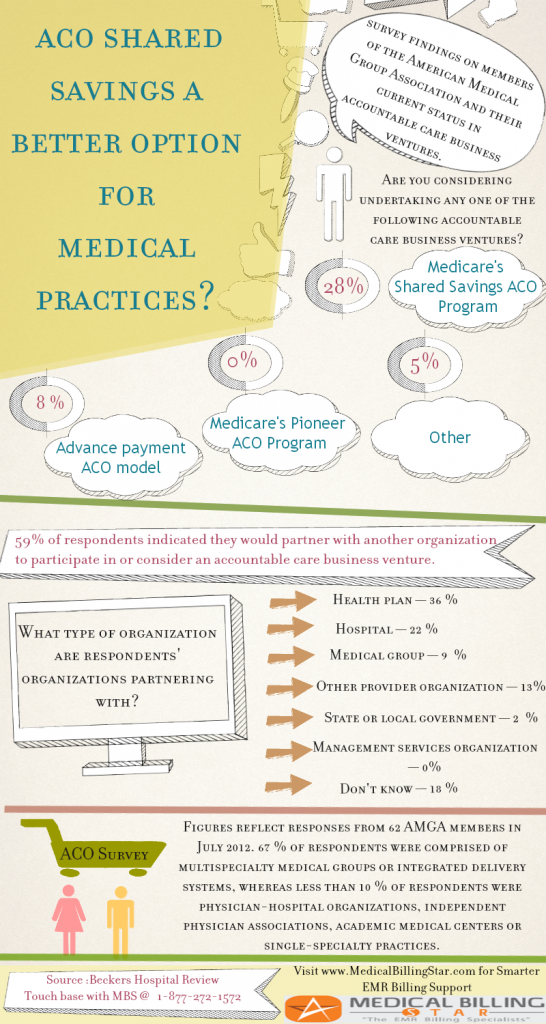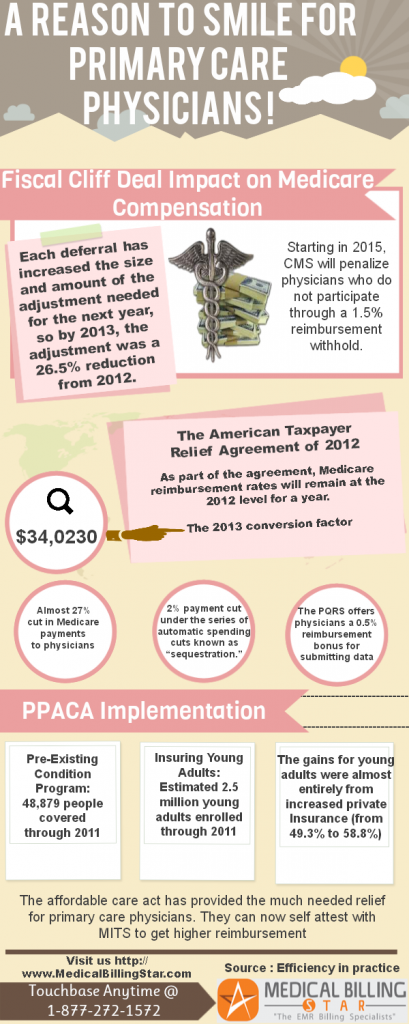mHealth apps have created a stir in the healthcare industry. Thy have enabled better communication between patients and physicians and have driven up a patient engagement to some extent. A study reveals that about 70% of people use mHealth apps.
Here are 8 mHealth applications that are getting a huge thumbs-up from the physician community.
A whole world of information…
Explore prescriptions and safety information of, thousands of, generic, brand, and OTC drugs with Epocrates. This is a splendid mHealth app where you can check for harmful drugs and its interactions. Physicians can execute lots of calculations like BMI and GFR. It also helps physicians to key out pills by physical characteristics and imprint code.
Stay up to date!
Physicians can rely on UpToDate app for drug topics and recommendations as it is connected with hospital execution and patient care. The UpToDate app comes with a persistent login, mobile-optimized medical calculators, and many other super-smart features.
Your peers love this…
An exclusive app that is designed for physicians, Doximity is used by 50% of the physicians in the US. It is a medical professional networking app. This app facilitates HIPAA-secure communication, and updates about healthcare news, career management and much more! Physicians find this app very useful as they can receive and send HIPAA compliant faxes from their smartphones, tabs, laptops etc…
Read up on the vital info!
A huge collection of personal articles by physicians is organized, and can be reviewed, with Read by QxMD. Physicians can browse any number of topics and share the articles via social networking platforms. Read by QxMD will provide you full-text PDFs and physicians can get access to institutional or open access publishers.
Stay on top of the ball…
The New England Journal of medicine is specifically meant for physicians and medical professionals. This app contains the latest findings in the medical field. Medical professionals can view images of medical conditions from Clinical Medicine. NEJM This Week allows physicians to streams four procedure videos in clinical medicine.
Why Isabel?
Isabel app is used by physicians around the world as it helps to search diagnosis of multiple signs and symptoms of more than 6,000 diseases. Physicians are allowed to check the availability of diagnosis through their web at www.isabelhealthcare.com. Isabel app is the best tool for physicians for the diagnosis process.
The go-to app of 150,000 healthcare professionals…
The Figure 1 – Medical Images are used by 150,000 health care professionals. It allows medical professionals to interact with other colleagues online. This app helps to improve the knowledge of medical professionals as they can discuss diagnosis and treatments. Physicians can easily get the clinical images of de-identified patient photos, x-rays, charts, MRIs and CAT scans.
Be in the know!
Medscape is a must have app for all medical professionals as physicians can visually identify drugs, OTCs, and supplements. This app provides answers for almost all clinical related questions. Medical professionals can find useful articles and Medscape also offers medical calculators, a rich collection of images, information on new drugs, and more. With the drug reference tool, physicians can find dosages and medications for evidence-based diseases.





